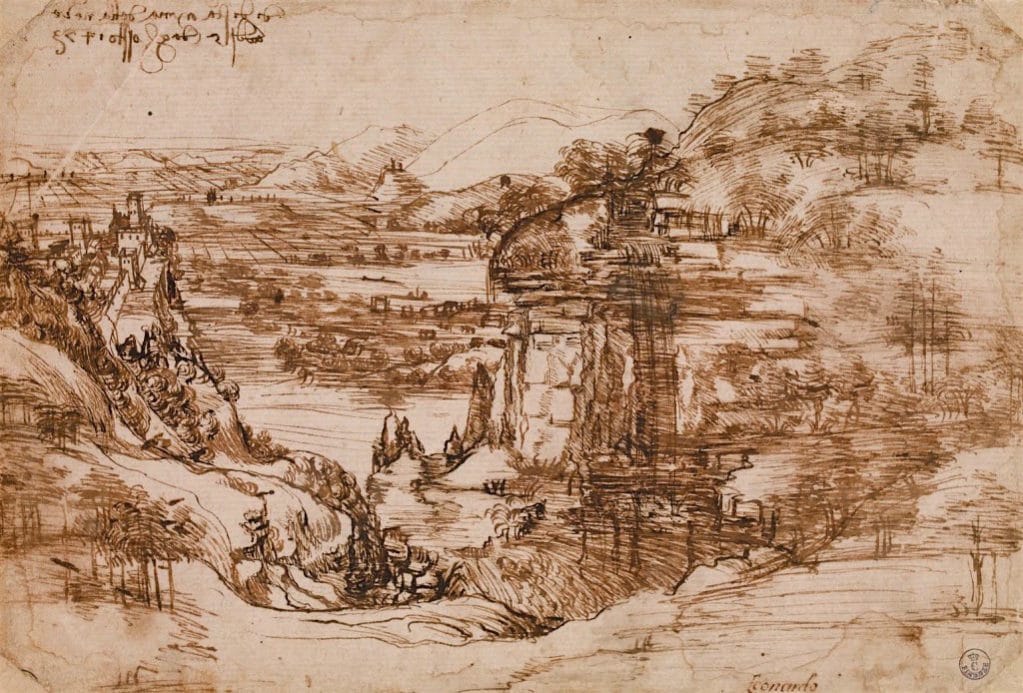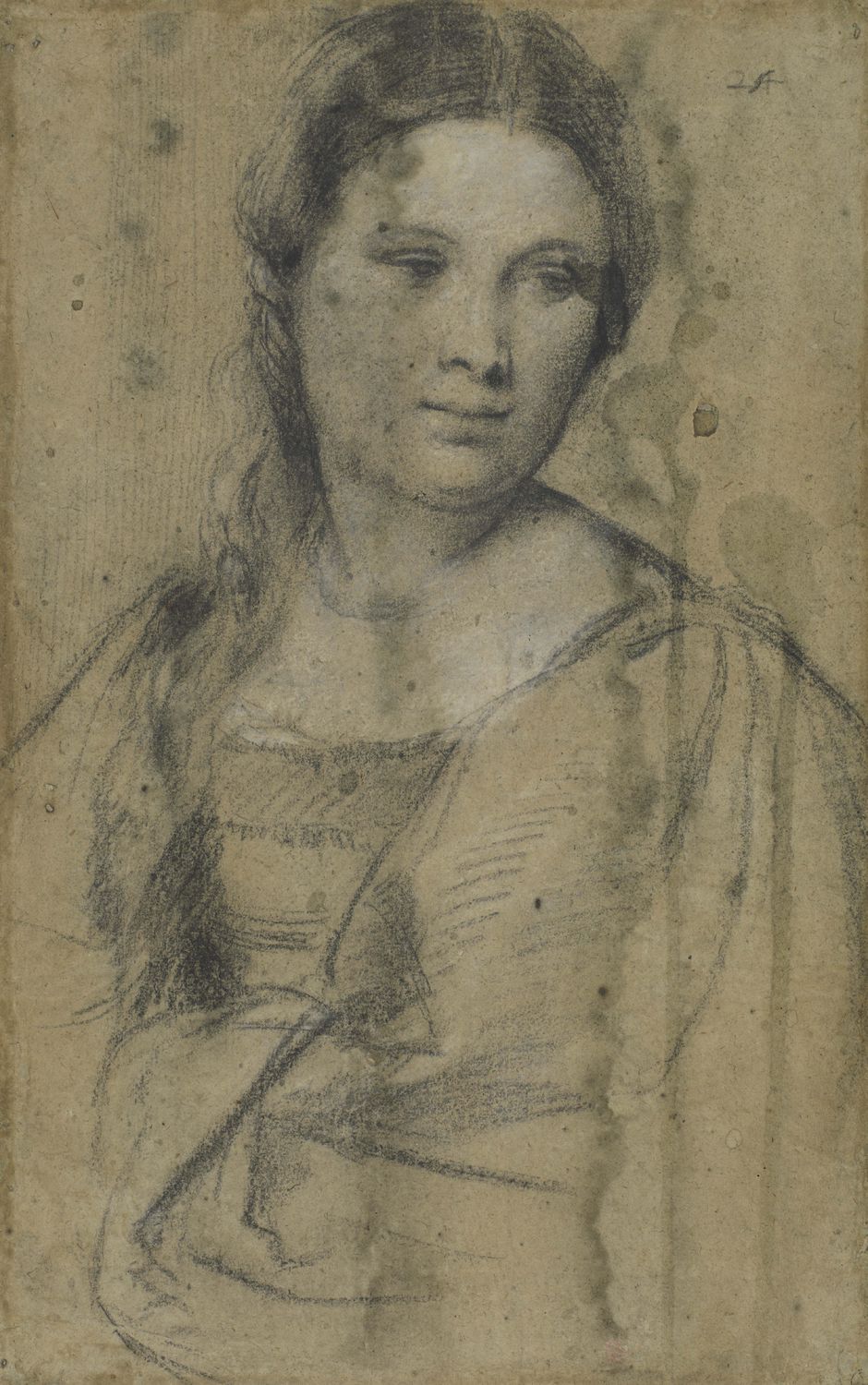The British Museum's stunning exhibition illustrates the growing importance of drawing in the Quattrocento
Though certainly scholarly, this exhibition is far from dusty and dry: drawings have, after all, an immediacy and directness. In marks executed in graphite and chalk, or even in the precision-demanding metal point, we detect the pressure of the artist’s hand, his direct contact with the surface of paper, when, for instance, they soften a line by smudging it with fingers. And preparatory drawings not only speak of the fluidity of the mark, but of the fluidity of ideas; we detect a palimpsest of underdrawings, of marks erased and remade and of figures reconfigured. We note the artistic struggle for perfection.
There were many reasons underpinning the explosion in graphic mark-making, most obviously, the production of cheaply produced paper. Before paper’s ready availability, artists drew on vellum – stretched calf or goat skin – and this could be prohibitively expensive. The production of reasonably priced paper was also crucial in liberating the artist from stiff, medieval imagery, for it freed them to continually experiment – with the intricate folds of drapery, or to explore different facial expressions, or work out dozens of different hand gestures, expending several sheets as they did so. It allowed the artist to experiment with ideas in concrete form.
And in turn there was a ferment of ideas that demanded such a commercial innovation. In the early 1400s we see the development of linear perspective (invented by Brunelleschi along strict mathematical lines and practised almost like a second religion by artists such as Uccello; we see the carefully measured grids and receding curves of a chalice drawn by him here). There was also an increased interest in grand classical forms, and with that a greater focus on naturalism. Inspired by classical sculpture, and drawn to the life around them, artists began to move away from copying iconographic images from model books.
Leonardo is well represented here. There are his early anatomical studies; a landscape, precisely dated 5 August 1473, which is thought to be the first landscape study in European art; military inventions – two tiny drawings of his famous but impractical war tank; quick, doodling sketches of a child and his wriggling cat. What’s more, a tender and softly delineated drawing depicting the downcast head of a women by Verrocchio, shows just where Leonardo, Verocchio’s most famous pupil, got a few of his tricks from.
Some 50 artists are represented in this impressively comprehensive exhibition. We move from comparatively static, but compelling illustrations by Pisanello (Studies of hanged men; and a woman and child; 1434-8; pictured left), to the dramatic gestures of Michelangelo’s male nudes some six decades later. It culminates with the High Renaissance genius of Raphael and Titian, the latter the undisputed Venetian master of Renaissance sensuality who is represented here by the unforgettable Portrait of a Young Woman, c 1510-1515. We see only this young woman’s head and shoulders, but in the fullness of her lips, the tumble of her hair on a bare shoulder, the plumpness of her flesh and those ever so slightly flared nostrils, nothing beats it for buttoned-up eroticism.

